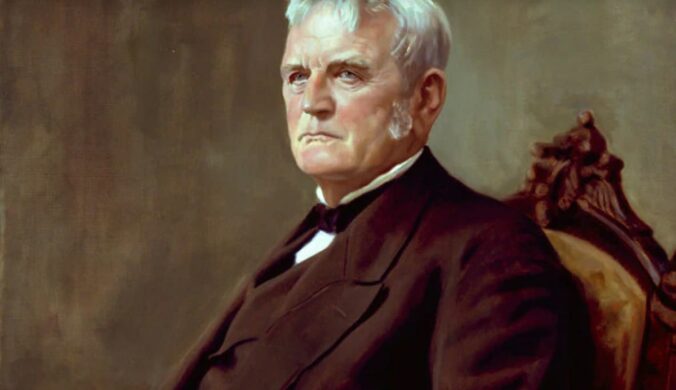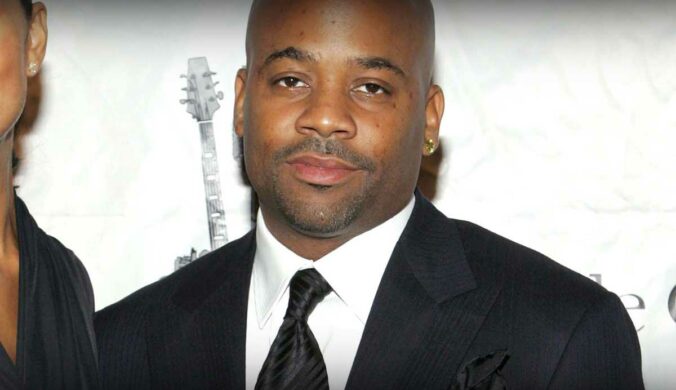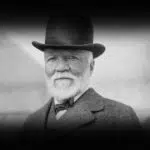Andrew Carnegie, born on November 25, 1835, is one of America’s most celebrated industrialists, and with good reason. Carnegie grew up in abject poverty and worked incredibly hard to support himself and his family. He gradually moved from working in textile factories to entering the world of railroad development and steel production. After a series of strategic and profitable investments in the two industries, Carnegie accrued enough capital to establish several of his own companies that were integral to the industrialization of America. Despite his unfathomable fortune, he was incredibly philanthropic and donated almost all of his riches to causes dear to his heart. Let’s celebrate his birthday here today!
Fast Facts
Full Name:
Andrew Carnegie
Nickname:
Patron Saint of Libraries, the Star-Spangled Scotsman
Birth date:
November 25, 1835
Death date:
August 11, 1919 (age 83)
Zodiac Sign:
Sagittarius
Height:
5' 2"
Net Worth:
$310 billion
Background
Andrew Carnegie was a prominent industrialist, entrepreneur, and philanthropist. Carnegie was born on November 25, 1835, in Fife, Scotland. He studied at the Free School and took an interest in reading, history, and philosophy as a young boy. His family was poor, and his father borrowed money from George Lauder, Carnegie’s uncle, and relocated the family to Pennsylvania in the United States in 1848. Carnegie took on his first job in a textile mill at 13 that same year. The following year, he took on a job as a telegraph messenger boy, which would allow him to build helpful connections and expand his network.
In 1853, he began working as a secretary and telegraph operator at the Pennsylvania Railroad Company and became the superintendent of its Western Division the following year. In 1855, he invested $500 (at the time) in the Adams Express. Through various other investments in the railroad industry, he started earning capital that he would use to finance his later ventures. Almost a decade later, during the Civil War, he invested in the Columbia Oil Company, which had impressive profitable returns. After the war, Carnegie shifted his focus from railroads to ironworks and steel production. In 1865, he established the Keystone Bridge Company.
By the late 1880s, the United States surpassed the United Kingdom’s steel output. In 1892, he established the Carnegie Steel Company, which would produce most of his wealth. Nine years later, Carnegie began contemplating retirement at the age of 65 and subsequently sold the Carnegie Steel Company to financier and banker J.P. Morgan; the company became the United States Steel Corporation. He then retired after concluding the sale.
Career timeline
The industrialist takes on his first job as a “bobby boy” at a textile factory.
Carnegie invests $500 in the Adams Express.
He begins investing large sums in the company at the height of the Civil War.
Carnegie founds the Keystone Bridge Company.
He founds the Carnegie Steel Company.
The philanthropist retires after selling Carnegie Steel to J.P. Morgan.
Why We Love Andrew Carnegie
He was a philanthropist
Never forgetting the charity he was shown while impoverished, Carnegie strove to improve the lives of others by donating vast swathes of his wealth to various charities and causes. It is said that during the last two decades of his life, he donated almost 90% of his wealth to a plethora of foundations, libraries, and universities. Of his wealth, he said: “I propose to take an income no greater than $50,000 per annum! Beyond this, I need ever earn, make no effort to increase my fortune, but spend the surplus each year for benevolent purposes!”
He cared for his family
Carnegie earned progressively more with each new job he landed but never left his family behind in poverty. When he started rising through the ranks at the Pennsylvania Railroad Company, he hired many of his family members to ensure that they took good care of themselves.
He supported democracy
Carnegie was a staunch supporter of democracy, arguing that it was superior to the British monarchy system. He wrote a book entitled “Triumphant Democracy” detailing his arguments.
5 Surprising Facts
He built Carnegie Hall
The entrepreneur built the famous venue named after him, which would later host some of the most famous musical artists in history.
He was wealthier than John D. Rockefeller
After he sold his company to J.P. Morgan, he surpassed business magnate Rockefeller as the wealthiest person in America.
He supported the Union
Through his work securing transport for the Union during the American Civil War, he played a crucial role in ensuring their eventual victory over the southern rebel Confederacy.
He focused on his studies after retiring
After his retirement, Carnegie returned to reading and scholarship, publishing three books about traveling.
He was friends with great writers
Carnegie was close friends with English poet Matthew Arnold (best known for his poem “Dover Beach”) and American satirical writer Mark Twain (best known for his book “The Adventures of Huckleberry Finn”).
Andrew Carnegie FAQs
Is the Carnegie family still wealthy?
Despite inheriting considerable fortunes, several of his descendants have said their predecessors’ wealth has been depleted.
How much did J.P. Morgan pay for the Carnegie Steel Company?
Carnegie sold his company for $480 million.
How much did Carnegie pay his workers?
A daily rate of $1.81 (at the time).
Andrew Carnegie’s birthday dates
| Year | Date | Day |
|---|---|---|
| 2025 | November 25 | Tuesday |
| 2026 | November 25 | Wednesday |
| 2027 | November 25 | Thursday |
| 2028 | November 25 | Saturday |
| 2029 | November 25 | Sunday |




























